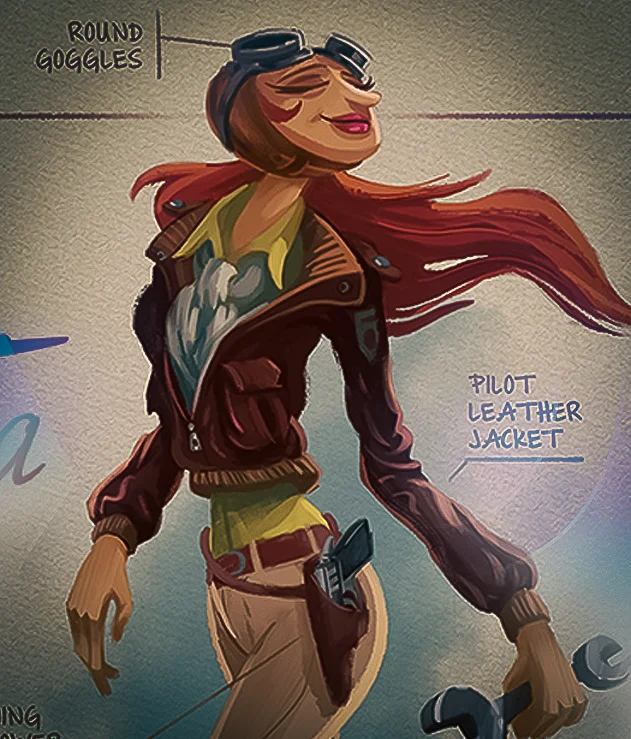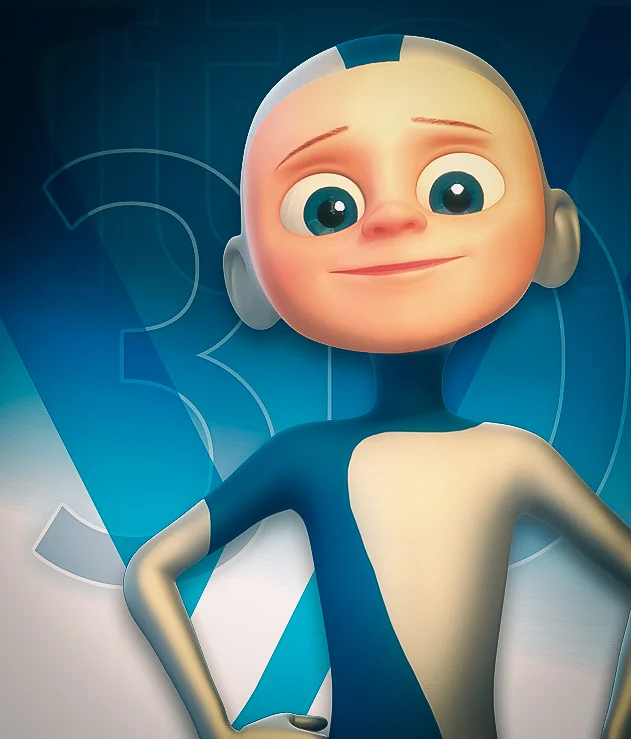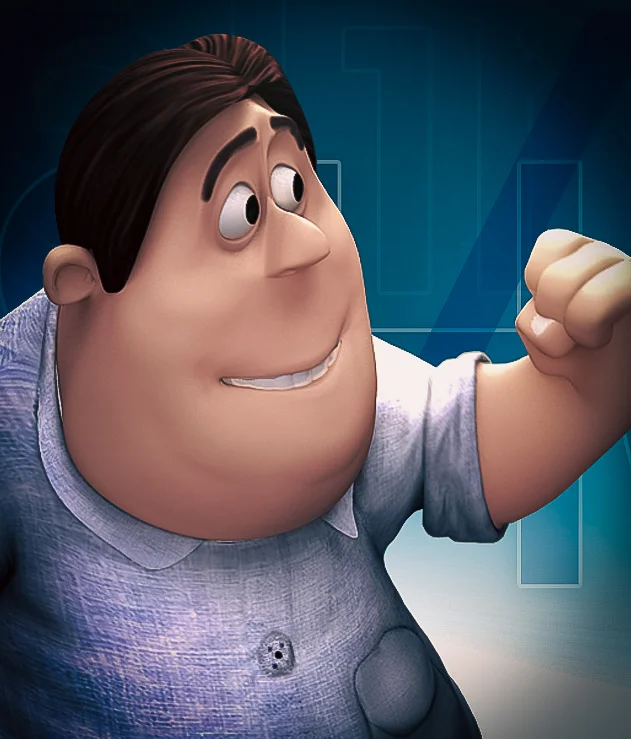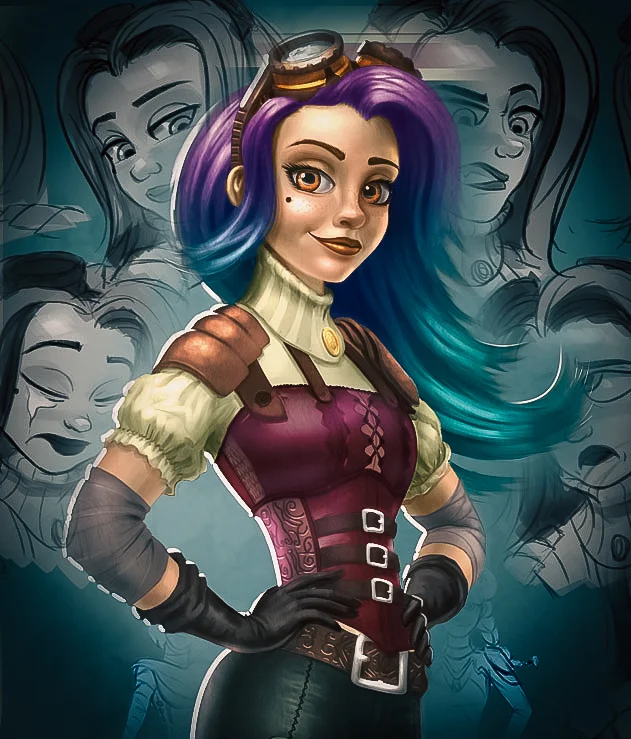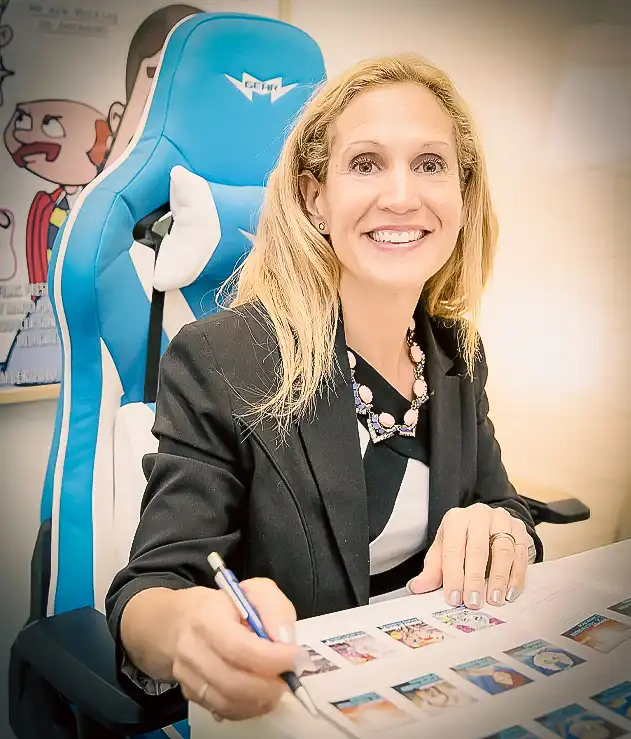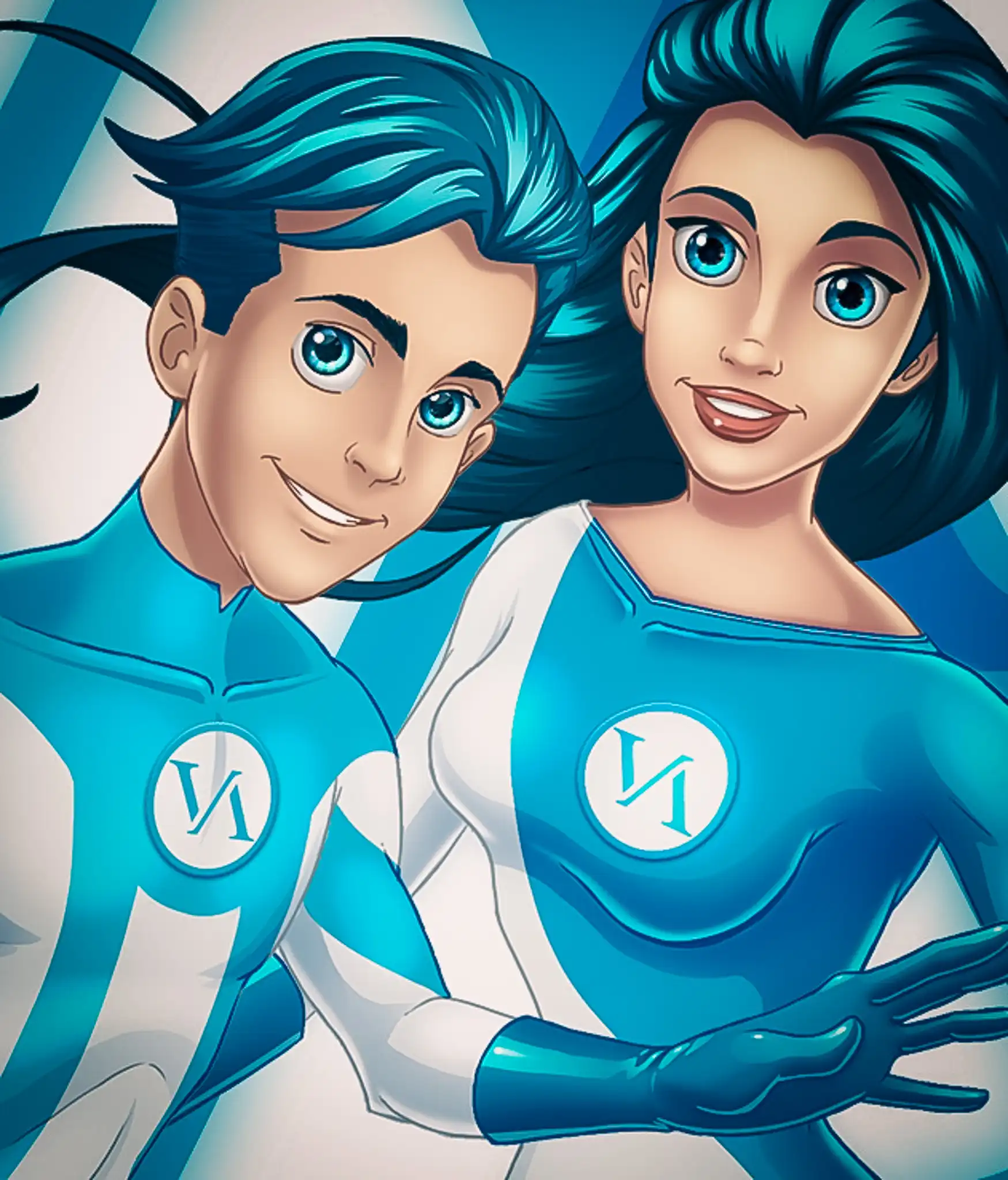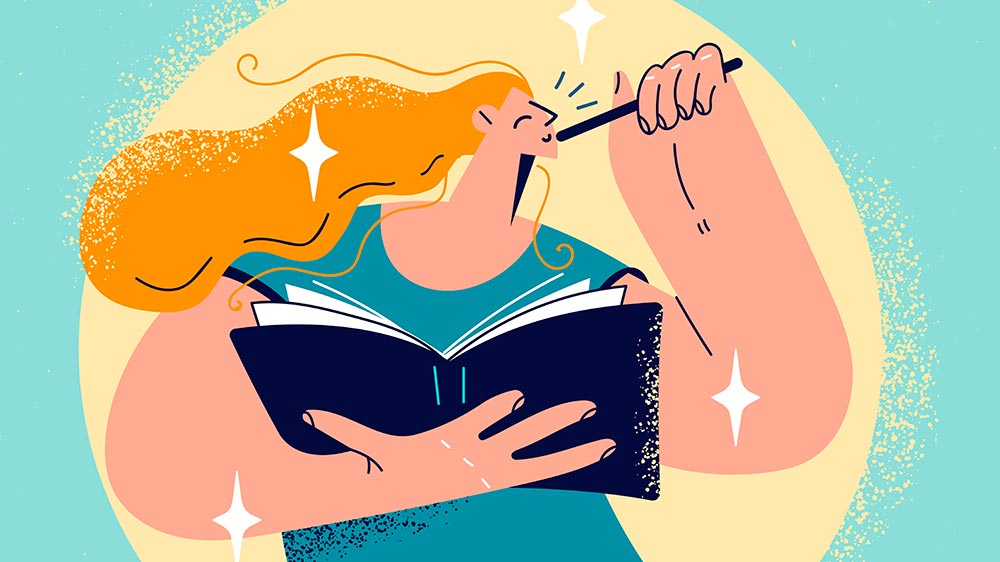 Image: Valery Vasilyeu (Motion Array)
Image: Valery Vasilyeu (Motion Array)
Author: VANAS Team
How to Become an Auteur in Animation and Film
Table of Contents
- What Is an Auteur in Animation and Film?
- Why Technical Skills Matter for an Auteur
- Artistic Vision and Storytelling in Animation
- Communication and Leadership on Set
- The Importance of Adaptability and Research
- Managing Time and Staying Mentally Healthy
- Editing and the Auteur’s Final Cut
- How These Skills Connect Directly to Animation
- Frequently Asked Questions
What Is an Auteur in Animation and Film?
In both live-action and animation, an auteur is more than just a director—they’re a creative force behind the entire project. The term “auteur” comes from the French word for “author,” and in film and animation, it refers to a filmmaker or animator whose influence and artistic voice are so strong that their work becomes instantly recognizable.
Think about directors like Wes Anderson, Hayao Miyazaki, or Tim Burton. You can probably picture their style clearly—because they’ve developed their own visual and storytelling language. In animation, auteurs carefully shape everything, from script to sound design, attention to color palettes, and how characters move.
A great auteur doesn’t just direct—they design. They use their entire skill set to craft a cohesive, emotionally powerful film or animated project with their personal imprint on every frame.
Why Technical Skills Matter for an Auteur
No matter how artistic you are, you have to understand the tools of the trade. An auteur in film or animation needs to have solid technical skills because that’s what turns vision into reality.
Here’s a breakdown of necessary technical skills for an animation auteur:
- Proficiency with filmmaking tools: Cameras, lighting rigs, animation software, sound equipment, and editing systems.
- Understanding technical animation workflows: Frame rates, keyframing, rigging, tweening, and layering.
- Sound design: Sound effects, mixing, and the use of audio to enhance emotional impact.
- Editing software: Programs like Adobe After Effects, Premiere Pro, Final Cut, and animation-specific tools like Toon Boom and Harmony.
- Cinematography and composition: Knowing how to frame a shot for visual storytelling in both animation and live-action.
- Knowledge of film history and theory: Understanding what came before can inspire and inform your own creativity.
It’s not enough to say, “I have a vision.” You need the ability to physically and technically bring that vision to life—and that means having hands-on skills.
If you're planning to develop these technical skills, remember: VANAS Online Animation School offers Animation, Visual Effects, and Video Game programs. To launch your career, visit https://www.vanas.ca
Artistic Vision and Storytelling in Animation
What makes an auteur an auteur? It’s their voice. Their unique way of seeing the world and expressing it through animation and film.
In animation, much of this style shows up visually—through color schemes, character design, or the rhythm of movement. It also lives in the story: the themes they return to and the emotions they explore.
Great auteurs often explore recurring ideas:
- The beauty of nature (like in Hayao Miyazaki’s animations)
- The struggle between good and evil (often emphasized in superhero animations)
- Childhood memories, romance, or nostalgia
- Dreams, surrealism, or alternate realities
They also have strong storytelling abilities. An auteur must build stories that resonate. They know how to move the audience emotionally, how to build up tension, and how to deliver a satisfying resolution—whether the story ends happily or leaves you thinking.
Some of the essential artistic skills connected with animation visual style include:
- Mood boards to define tone
- Color harmonies and light consistency
- Pacing through animation timing
- Expressive, memorable shot compositions
As one famous director said, “Style is knowing who you are, what you want to say, and not giving a damn.” In animation, that personal voice is what makes a creator unforgettable.
Communication and Leadership on Set
A great animation auteur can’t make an entire film alone—even if they are heavily involved in each step. They need to work alongside storyboard artists, background designers, animators, editors, voice actors, and music composers. That requires clear communication and leadership.
Here are key communication strengths every auteur needs:
- Clear communication: Explaining what you’re visualizing so others can help bring it to life
- Active listening: Taking feedback from collaborators and making adjustments
- Leadership and authority: Guiding the team toward a final product, staying creative under pressure
- Collaboration: Encouraging creative input from every part of the team
Imagine directing a voice actor for an animated character. You need to communicate tone, mood, timing, and personality—all in a way that connects the actor’s performance to the drawn animation.
If you want to lead with vision and clarity, you need both confidence and humility. Animation projects succeed when everyone on the team understands the plan, believes in it, and feels empowered to contribute.
The Importance of Adaptability and Research
Animation can be unpredictable. Whether you’re directing a short or a feature-length film, things will change. The budget might shift. A scene might not work as you imagined. A character's design might need adjustments halfway through production.
An auteur in animation must adapt.
Skills in adaptability include:
- Staying calm when facing changes in the production phase
- Accepting productive feedback
- Rewriting or redesigning scenes when necessary
- Testing ideas before committing to large animation passes
In addition, research plays a huge role in most auteur-led projects. That might include cultural studies, time periods, and technical accuracy (like the movement style of animals or machines). Whether you’re animating a robot in the future or creating historical flashbacks, accuracy helps ground the story.
A well-researched animation is more immersive—and viewers can tell when the creator did their homework.
Managing Time and Staying Mentally Healthy
It takes months—or sometimes years—to finish a single animated short or full feature. Staying consistent, focused, and mentally strong over that time isn’t easy.
That’s why an auteur also needs the following tools:
- Strong time management: Meeting deadlines, organizing the workflow, and balancing creativity with productivity
- Perseverance: Moving forward even when it's tiring or frustrating
- Healthy mindset: Protecting your mental health during long hours and solo stretches of work
- Discipline: Completing mundane or repetitive parts of production with care
Filmmaking—and especially animation—can feel isolating. Autonomy is good for creative control, but it’s tricky if you get overwhelmed, lose confidence, or hit burnout.
Many auteurs schedule breaks, join support circles of other artists, or build routines like morning sketching time to stay grounded.
If you're preparing for the challenges of animation life, VANAS Online Animation School offers Animation, Visual Effects, and Video Game programs. To launch your career, visit https://www.vanas.ca
Editing and the Auteur’s Final Cut
Even after all the planning and hard work, the editing room is where the final version of a project takes shape. Whether it’s live-action or animation, the editing process is essential to maintaining pace, tone, and impact.
Here are reasons why auteurs should develop editing skills:
- They understand pacing and rhythm
- They control what the audience sees and when
- They enhance emotional beats with timing adjustments
- They care about frame selection, transitions, and sound integration
- They solve last-minute story or clarity issues
In animation, editors and directors often work closely, and in many cases, the auteur also acts as editor or co-editor. Being able to look at footage and say, “this cut works better,” or “this framing is clearer,” shows mastery of narrative flow.
Editing is the final rewrite of the film—and a true auteur knows how to make the most of it.
How These Skills Connect Directly to Animation
All of the above skills are part of what makes a strong filmmaker, but they are especially important in animation. Unlike live-action productions which capture scenes through real-world cameras, animation requires creators to build every frame from scratch. That means more decisions, more planning, and more attention to detail.
In animation, the following skills work hand in hand:
- Storyboarding links technical and visual vision
- Leadership supports streamlined communication between departments (such as rigging, modeling, lighting, and compositing)
- Adaptability helps when elements aren’t working during dailies (rough animation test scenes)
- Artistic direction influences sound effects, music, and visual consistency across scenes
Animation auteurs need creative range, emotional intelligence, and serious planning skills. They are idea-makers, builders, listeners, and editors. They’re the heart of a film—but they also know how to bring the best out of their team.
One of the best ways to train in all these areas is by studying animation professionally. VANAS Online Animation School offers Animation, Visual Effects, and Video Game programs that teach the core skills needed to become a successful auteur in animation. To start your career, visit https://www.vanas.ca
Frequently Asked Questions
What is an auteur in animation?
- An auteur is a director or creative lead whose personal style and vision influence all aspects of an animated project, making the film feel unique and consistent.
Do animation auteurs need to know how to animate?
- Not always, but having hands-on experience definitely helps. Understanding animation tools and language makes it easier to lead teams and communicate clearly.
What skills are most important for an auteur?
- Key skills include storytelling, visual design, technical knowledge, leadership, communication, research ability, time management, and editing.
How is animation different from live-action direction?
- In animation, every frame is created from scratch, so the director makes more fundamental decisions about each shot, color, and movement—requiring more planning and detail work.
Is editing really that important for animation auteurs?
- Yes! Editing shapes the final story and controls tone, rhythm, and emotion. It’s also where many key creative adjustments happen.
Where can I learn the skills to become an auteur in animation?
- VANAS Online Animation School offers Animation, Visual Effects, and Video Game programs that help students become skilled storytellers and visual thinkers. To launch your career, visit https://www.vanas.ca

